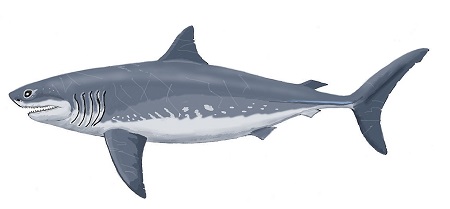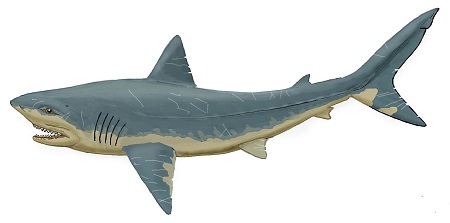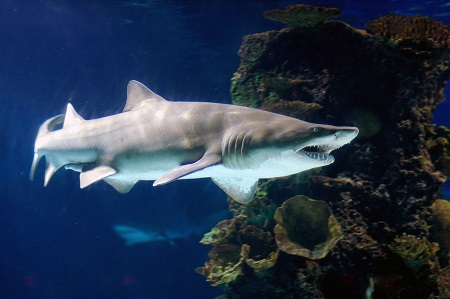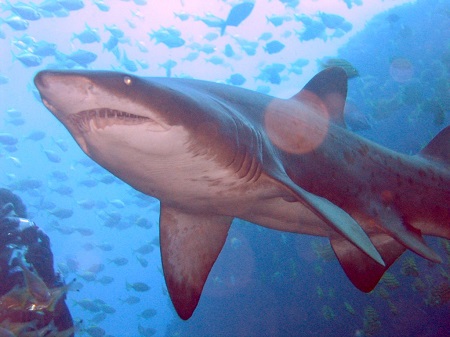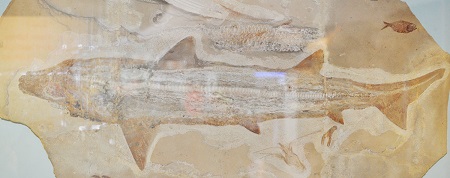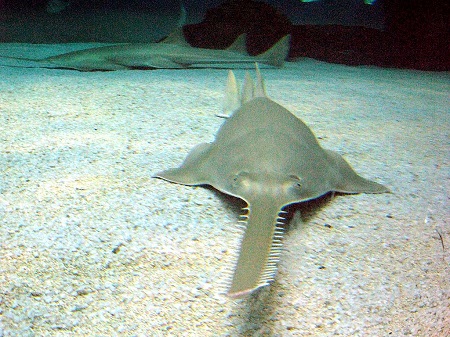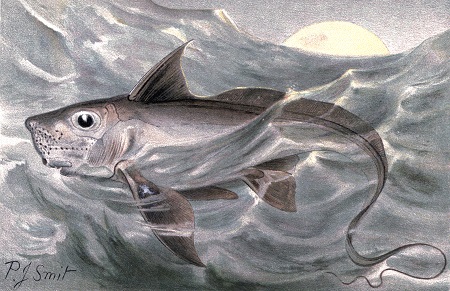| Species described in the paper:
Terminonaris (Archosauria: Crocodyliformes): new material from Saskatchewan, Canada, and comments on its phylogenetic relationships
A new species of crocodile, Teleorhinus mesabiensis, from the Iron Range Cretaceous
| |||||||
Family: PholidosauridaePholidosauridae is an extinct family of aquatic neosuchian mesoeucrocodylian crocodylomorphs. Fossils have been found in Europe (Denmark, England, France, Germany, Spain and Sweden), Africa (Algeria, Niger, Mali, Morocco and Tunisia), North America (Canada and the United States) and South America (Brazil and Uruguay). The pholidosaurids first appeared in the fossil record during the Bathonian stage of the Middle Jurassic and became extinct during the Late Turonian stage of the Late Cretaceous.
|
| Species described in the paper: A NEW OCCURANCE OF DROMAEOSAUR FROM THE LATE CRETACEOUS COLERAINE FORMATION (CENOMANIAN) FROM THE MESABI IRON RANGE
HANKS, H. Douglas, WESTGAARD, John, ERICKSON, Bruce R. and HAIRE, Scott A.
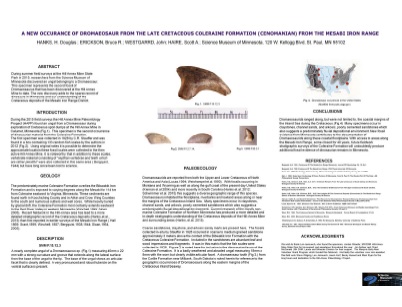 Poster PDF Link
Session No. 17--Booth# 3 | |||||
Family: DromaeosauridaeDromaeosauridae is a family of feathered theropod dinosaurs. They were small to medium-sized feathered carnivores that flourished in the Cretaceous Period. The name Dromaeosauridae means 'running lizards', from Greek dromeus meaning 'runner' and sauros meaning 'lizard'. In informal usage they are often called raptors after Velociraptor a term popularized by the film Jurassic Park; a few types include the term "raptor" directly in their name and have come to emphasize their supposed bird-like habits. It is now known that at least some, and probably all, dromaeosaurids were covered in feathers, including large, vaned, wing and tail feathers. This development, first hypothesized in the mid-late 1980s and confirmed by fossil discoveries in 1999, represents a significant change in the way dromaeosaurids have historically been depicted in art and film. Like other theropods, dromaeosaurids were bipedal; that is, they walked on their hind legs. However, whereas most theropods walked with three toes contacting the ground, fossilized footprint tracks confirm that many early paravian groups, including the dromaeosaurids, held the second toe off the ground in a hyperextended position, with only the third and fourth toes bearing the weight of the animal. The enlarged second toe bore an unusually large, curved, falciform (sickle-shaped, alt. drepanoid) claw (held off the ground or 'retracted' when walking), which is thought to have been used in capturing prey and climbing trees.
|
| Species described in the paper:
Cretaceous of the Mesabi Iron Range, Minnesota | |||||||
Phylum: AnnelidaThe annelids (Annelida, from Latin anellus, "little ring"), also known as the ringed worms or segmented worms, are a large phylum, with over 17,000 extant species including ragworms, earthworms, and leeches. The species exist in and have adapted to various ecologies - some in marine environments as distinct as tidal zones and hydrothermal vents, others in fresh water, and yet others in moist terrestrial environments.
Family: SerpulidaeThe Serpulidae are a family of sessile, tube-building annelid worms in the class Polychaeta. The members of this family differ from the sabellid tube worms in that they have a specialized operculum that blocks the entrance of their tubes when they withdraw into the tubes. In addition, serpulids secrete tubes of calcium carbonate. These tubes can be fossilized.
|
| Species described in the paper:
A new selachian fauna from the Coleraine Formation (Upper Cretaceous/ Cenomanian) of Minnesota.
Species list: Hybodus rajkovicki n. sp., Protolamna gigantea n. sp., Squalicorax baharijensis, Carcharias amonensis, Cenocarcharias tenuiplicatus, Cretolamna appendiculata, Cretodus semiplicatus, Cretodus sp., Onchopristis dunklei, Ichyodus sp. | |||||||||||||||||||||||||||||||||
|
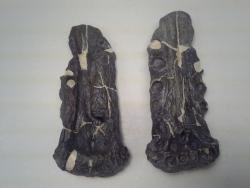

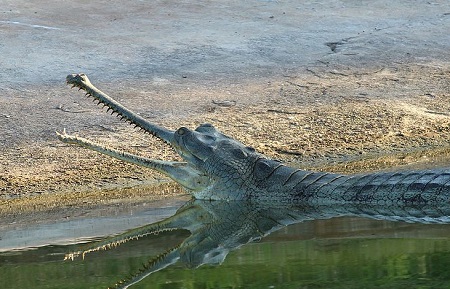
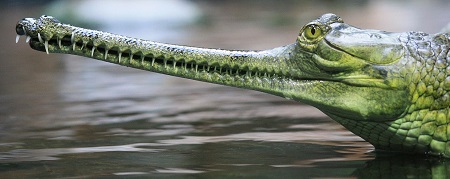
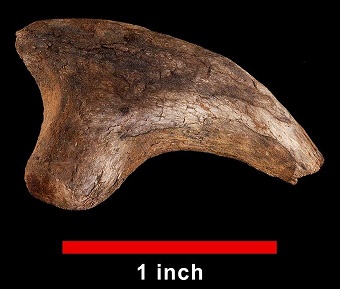
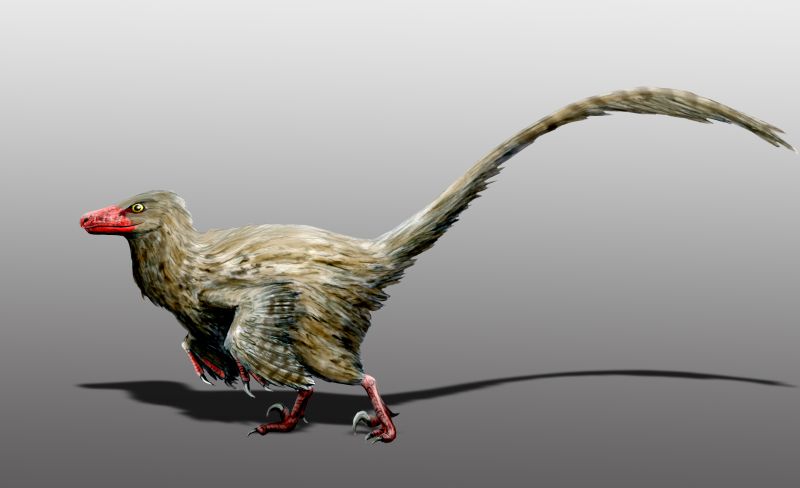
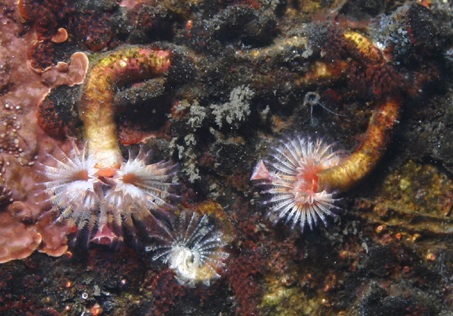
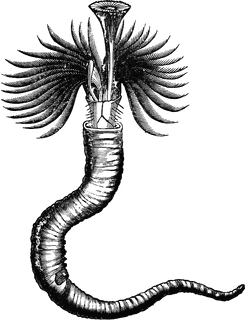
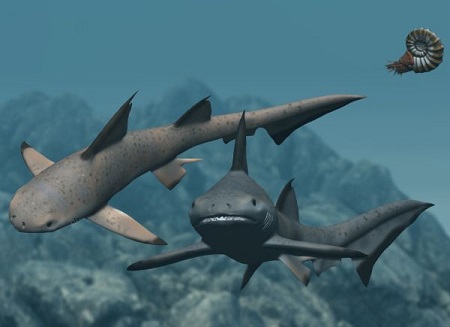
.jpg) By
By 